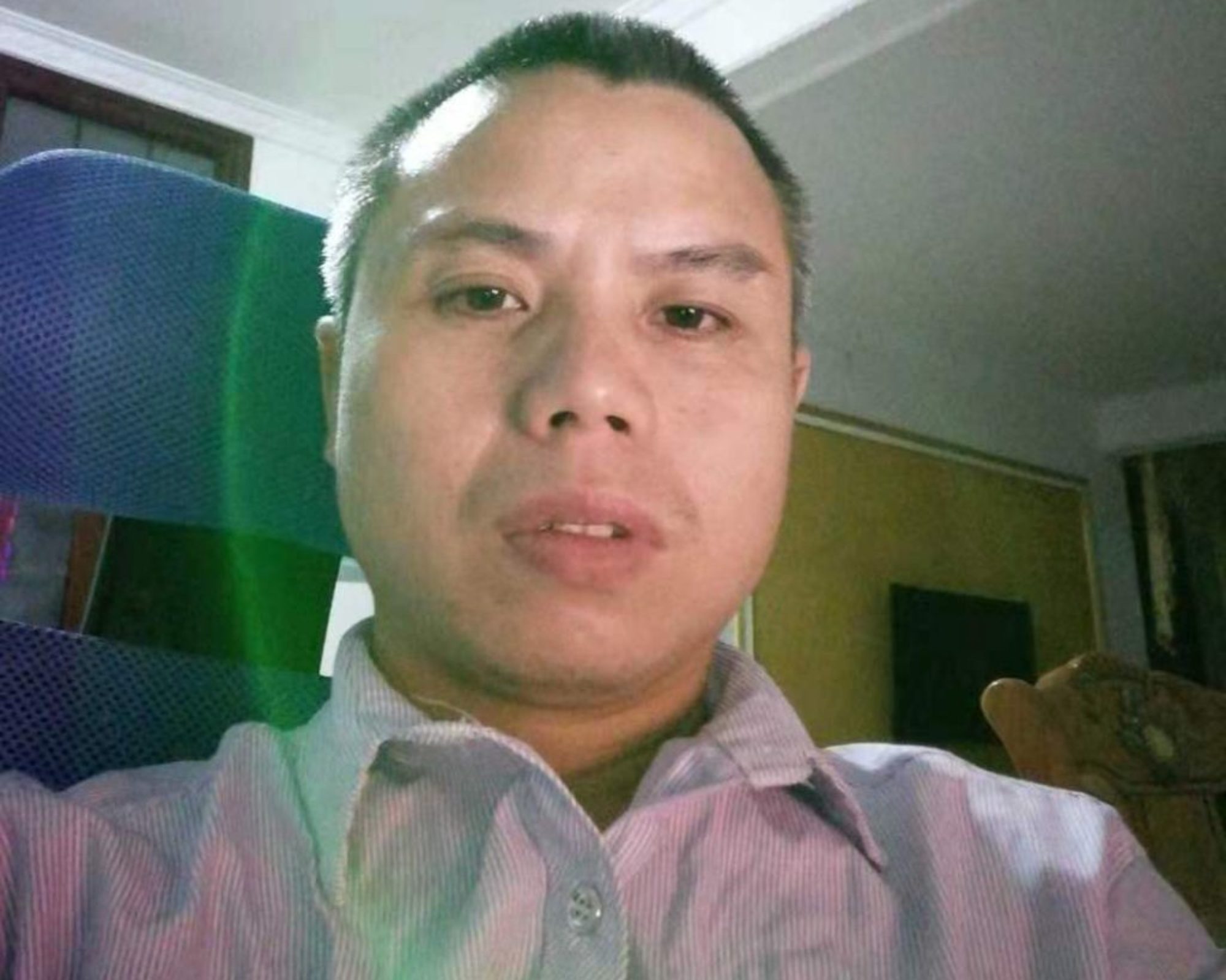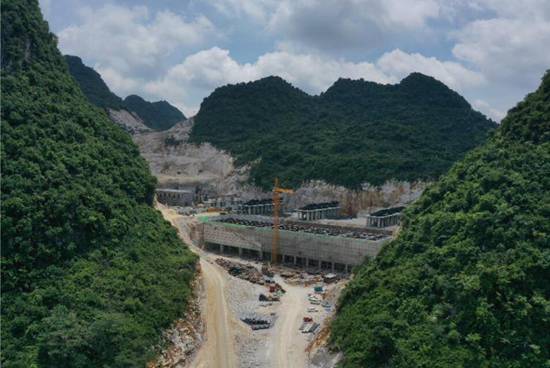(Peoples Daily Online)16:35, September 15, 2020![]()
Li Xinyu, a 19-year-old girl from Mianzhu, southwest Chinas Sichuan province, was overjoyed when she heard she had been accepted at her dream university, Central China Normal University to study law on Sept. 12.

Li Xinyu (Photo/Changjiang Daily)
This was no easy feat for Li, who lost her right hand in the Wenchuan earthquake in 2008 when she was only seven years old. Despite the horrific loss, she refused to give in to fate.
While in hospital, she began to practice writing with her left hand, and learned to write well with it.
Last year, Li took China鈥檚 college entrance examination, or gaokao, for the first time, achieving a score that passed the threshold for first-tier universities. However, as she didn鈥檛 do as well as she expected, she decided to take the exam again.
This year, she scored 625 out of 750 points, 96 points higher than the local admission requirement for first-tier universities, and was admitted to her dream university.
After she received the offer, she immediately called Zhu Jiaqing, who had been paying her living expenses since 2008, to share the good news. Zhu, a senior in Yangzhou, east China鈥檚 Jiangsu province, was excited to hear the result and promised to continue supporting her in her advanced studies.
鈥淚 hope that she will continue working hard to become a productive member of society,鈥?he said.
Li wanted to be a teacher and help more kids in need, just like Zhu and other kindhearted people who have helped her.
She also offered words of encouragement to those who have encountered similar misfortunes. 鈥淔irst, we have to believe in ourselves, and believe that we can learn and play just like able-bodied people. I lost my right hand, but that makes no difference,鈥?Li said.
When she saw the news about Wuhan in central China鈥檚 Hubei province during the COVID-19 epidemic, she said that people in the city are brave and that the man she admired most is Zhang Dingyu, head of Wuhan鈥檚 Jinyintan Hospital, a designated coronavirus treatment hospital.
Li was moved by Zhang鈥檚 efforts to cure COVID-19 patients despite suffering amyotrophic lateral sclerosis.
鈥淚 may not do such heroic deeds, but I will do my best to do what I can,鈥?Li said.


